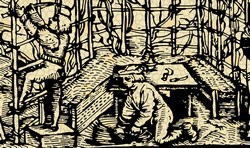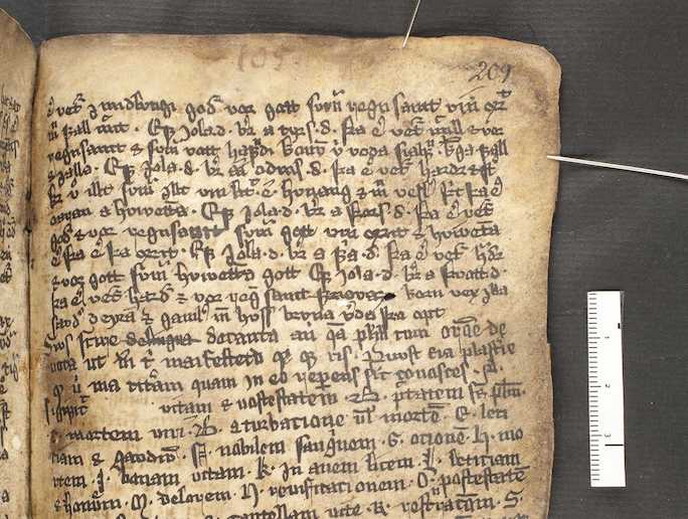Drawing in the Middle Ages
Drawings from the Renaissance period are a long-time subject of scholarly focus. This is less the case with drawings from the Middle Ages, of which few have survived and are often difficult to read. The DTIIMA(opens in new window) (Drawing and the transmission of images and ideas in the Middle Ages) project sought to expand the range of evidence and challenge some of the assumptions concerning the role of drawing in the training of memory and imagination. Research focused on a set of drawings discovered in a palimpsest in 2012. They have been identified as the working drawings of an artist from the 9th century. This unexpected find was published for the first time in the catalogue of an exhibition. A case study also focused on a large drawing that provides the layout for a monumental programme to be painted on the walls and dome of a building. It was created within a library as an intermediate stage between illuminated manuscripts and the walls of a religious space accessible to a larger audience. The drawing offers evidence as to how a program might have been conceived by patrons and painters and to the part played by space and architecture in its design. DTIIMA work has the potential to further expand research in this area and help obtain a better understanding of the use of drawings in the Middle Ages.







